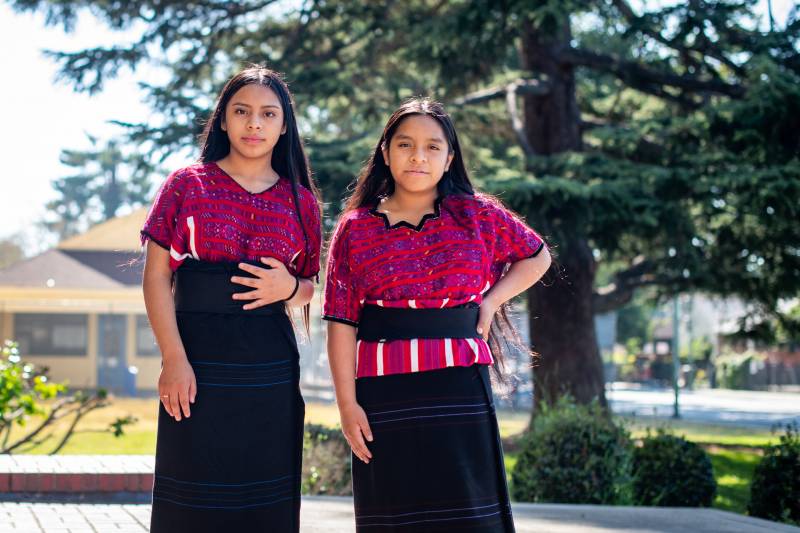This story was produced by El Tímpano, a bilingual nonprofit news outlet that amplifies the voices of Latino and Mayan immigrants in Oakland and the wider Bay Area. The original version of the story can be found here.
F
or two years, Latino health advocates have pushed for legislation that would require the state to collect better health data on the number of Mesoamerican indigenous peoples who immigrate to California. After a blow to their efforts in 2023, the proponents of SB1016, also known as the Latino and Indigenous Disparities Reduction Act, are now celebrating — Gov. Gavin Newsom signed the bill into law on Sept. 28.
The Latino and Indigenous Disparities Reduction Act passed both chambers of the California State Legislature with overwhelming support in August. Now, with Gov. Newsom’s sign-off, the California Department of Public Health will begin distinguishing Mesoamerican Indigenous groups in health data about Latinos. Indigenous peoples from Latin America are typically lumped into government data about Latinos, although many do not identify as Latinos themselves. The World Bank estimates there are 780 indigenous peoples and 560 indigenous languages spoken in Latin America.
The California Department of Public Health will include 10 nationalities and six languages in data collection and will leave a blank space in surveys for people to fill out additional demographic information. The agency will have five years to produce a report that includes rates for major diseases, leading causes of death, and information about pregnancy, housing, and mental health. Then, the department will begin issuing annual reports.
“Latinos and Indigenous Mesoamericans are vibrant and diverse communities, each with unique health needs,” said State Sen. Lena Gonzalez, a Democrat from Los Angeles and the bill’s sponsor, in a public statement. “Every Latino deserves to be seen, heard, and represented in our healthcare system, especially in the data that drives resource allocation.”
Proponents of the law call this a first step in addressing health disparities, which exist in Mesoamerican indigenous communities throughout California but are not well studied. Accurate data on the population size of indigenous peoples in California is also sparse — one advocacy group, the Mixteco/Indigena Community Organizing Project, estimates there are more than 170,000 indigenous people in California who originate from Mexico alone. In Oakland, an indigenous Mayan Mam-speaking population from Guatemala has grown rapidly in recent years, and estimates for population size have ranged from 10,000 to up to 40,000, according to some news reports.

Gerardo Jeronimo, an Oakland-based certified medical interpreter for Mayan Mam, said he had seen firsthand how lumping Indigenous folks in with all Latinos can cause significant harm in health care settings, leading to misunderstandings, inconsistent care, and, in some cases, worsening health.


